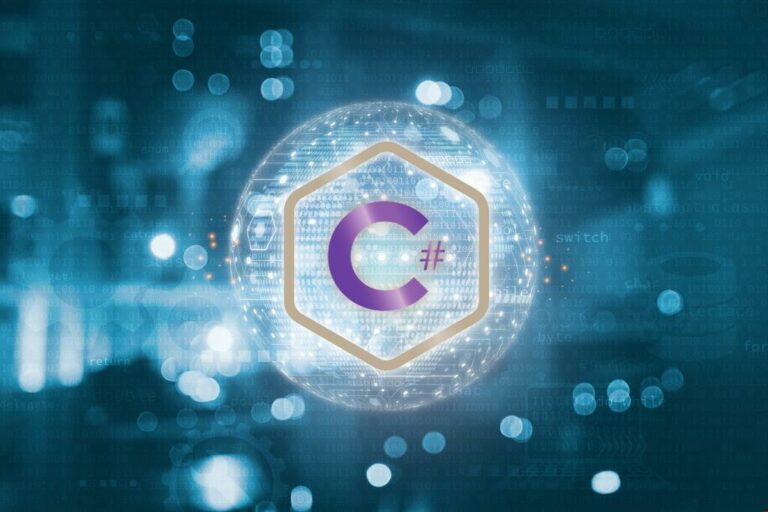Content
With the help of Application Lifecycle Management, you can completely control your software development workflow and can easily ensure timely delivery and deployment. Updating the software is crucial for the development process, and using ALM, you can also schedule regular updates. https://globalcloudteam.com/ Frequent updates will create a market impact on customers and eventually help you grow your company. Nowadays, with more applications being cloud-hosted, and release cycles being short, teams no longer develop and test in isolation — it would not make sense, like it once used to.

PractiTest also has visibility into the traceability between each of the entities and in addition, maintains the history of every item and traceability between the types. For example, a Test can be connected to Requirement, validating that all requirements are tested. Each product type deployment has different attributes and specifications.
Definition of Application Lifecycle Management (ALM)
The increasing popularity of the agile manifesto and Agile software development has fundamentally changed how many software development teams and IT organizations manage the application life cycle. Agile methodology has in many ways replaced the older, now somewhat outdated Waterfall methodology for planning, developing and servicing new software applications. At an early stage of an organization’s development, the “just build something and get it out there” approach to software development becomes unsustainable. It is considered to cover more than the original creation of the application.
- Hexnode’s UEM solution simplifies the deployment process by providing ‘App Management’ features that reduce burden on IT admins in installing, managing, and protecting apps.
- If errors are found during this process, a feedback process takes place.
- As a result, case requirements are often in a hierarchical tree structure, with each node representing a more specific sub-requirement for a more general parent node.
- To be effective, application development requires standardization of processes and documentation.
- As a result, IT administrators can guarantee that managed apps adhere to organizational standards.
- ALM gives the team clear guidance, speeds up development, and helps you make better decisions across the life of an application.
Build Management, also known as code management, converts source code files into a standalone software component. Hence, in this stage, an application idea changes into an actual application. It’s also important to note that, in this stage, the team can follow a software development methodology that will help carry the whole process on smoothly.
What is Application Lifecycle Management?
ALM tools, of which there are many fantastic options on the market, are the ideal approach to apply ALM. You should have no trouble using them throughout the application’s lifecycle. Your product will stand out if you combine ALM tools with a great development team. It is during this phase that the application’s future is also determined.

During this stage, the team resolves any remaining bugs while planning and prioritizing new updates. Furthermore, leading software companies deploy updates for products daily. Application lifecycle management helps businesses achieve high efficiency and gain a competitive edge by accelerating workflows and ensuring that top-quality products get deployed. Have your product manager create design specifications and share them with the development team for implementation. Determine the various development and testing environments the team needs as the project progresses through the ALM cycle. I especially adore the personalized dashboards where I can find all the necessary information I need for my work.
User experience:
DevOps brings operations and development together into fully-integrated, continuous process. The team’s potential is the ultimate requirement for a successful outcome in any project. The advantage of ALM in terms of employee satisfaction is that it gives the freedom to use the tools of own choice.
It can involve tasks like testing, problem patching, and performance optimization, as well as the management of the complete life cycle of a software product from inception to deployment. CI/CD introduces ongoing automation and continuous monitoring throughout the lifecycle of apps, from integration and testing phases to delivery and deployment. Ongoing support and maintenance – unfortunately one of the most overlooked stages of ALM, software needs to be able to adapt to customer feedback, ongoing issues, and upgrades. Because it can sometimes be indefinite, this stage is also usually the longest of the cycle, but ensures the quality and longevity of your product. Requirement management – the first stage of the process, this involves laying out everything that is needed from the application.
How to choose the best ALM tool for your project?
That goes to say, every stage of ALM is important — and all are integrally connected to one another. Besides, how could one expect an application that was not planned well , to do well when released? No matter how great the initial idea was, the application won’t be able to provide much value; neither for the business nor for its customers — the end-users. Completing the three stages of ALM successfully may not be an easy task; what is a alm yet, it is achievable, by using the right tools, and following the right software development techniques and methodologies. Application Lifecycle Management and Software Development LifeCycle are two terms we commonly use interchangeably, even though they describe different things. The truth is that ALM extends over SDLC; that goes to say, application lifecycle management is much broader than the software development lifecycle.
Containers give your team the underlying technology needed for a cloud-native development style, and support a unified environment for development, delivery, integration, and automation. For agile and DevOps teams, testing should occur simultaneously with development. Feedback should be passed back to the development team in a continuous manner.
Operations — Monitoring and maintenance
All project stakeholders have to be able to trace project work, even if they are not on the dev team – or not even in the IT department. The new DevOps paradigm means that IT Ops and line of business stakeholders may need to instantly see where they are on a project and what is coming up next. During testing and quality assurance, ALM gives a framework to ensure that the application fulfills the requirements you defined in the governance process. ALM plays a key role in app development, ensuring that all things run smoothly.


